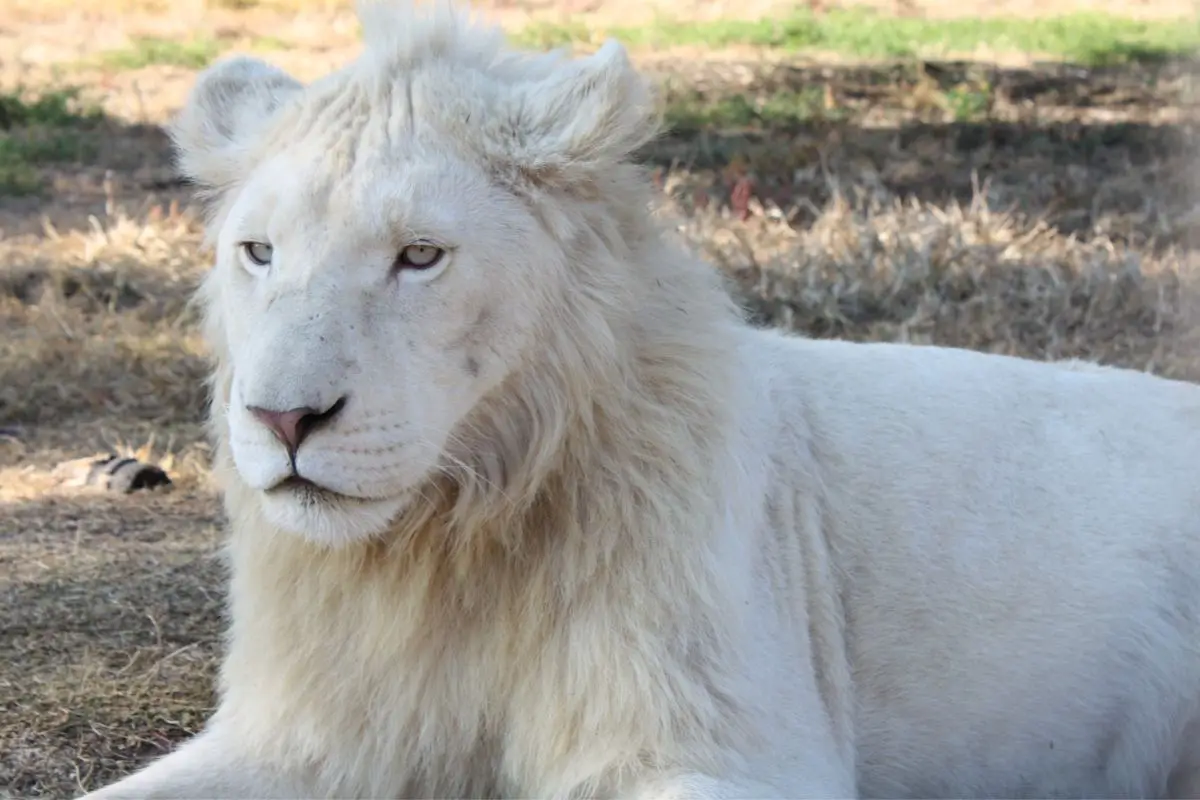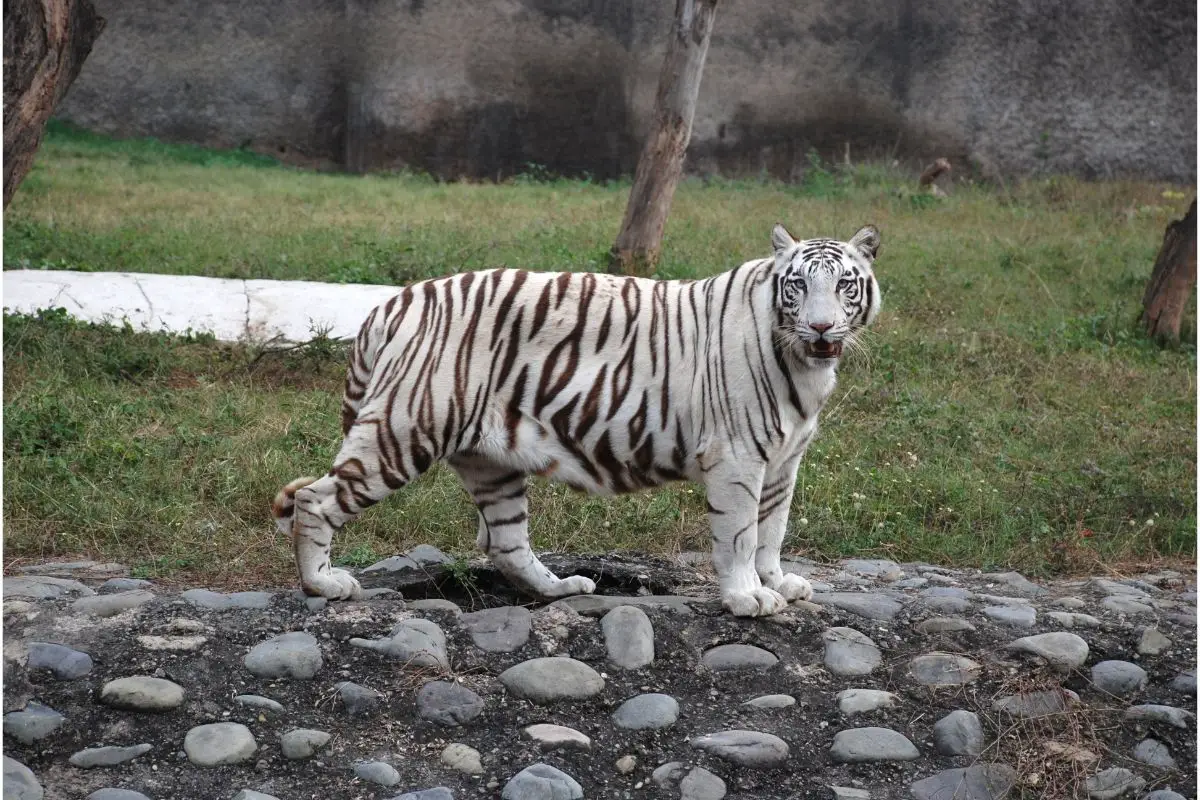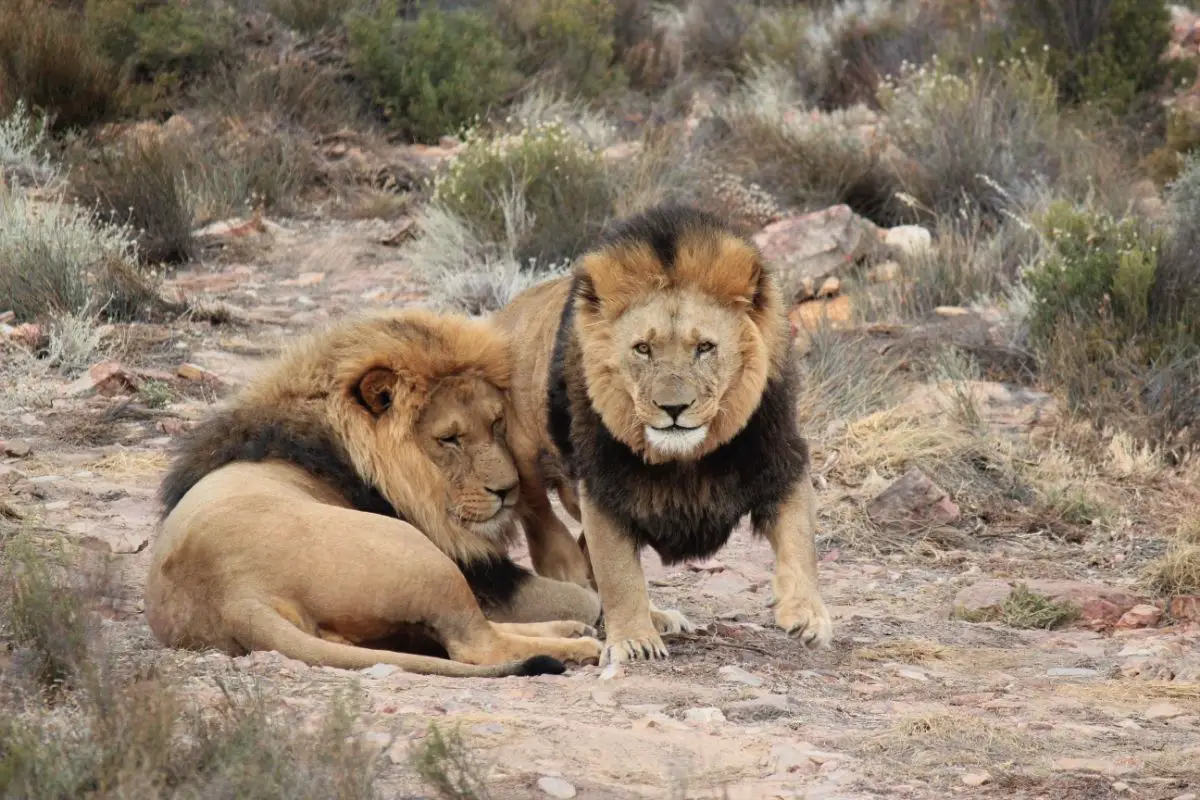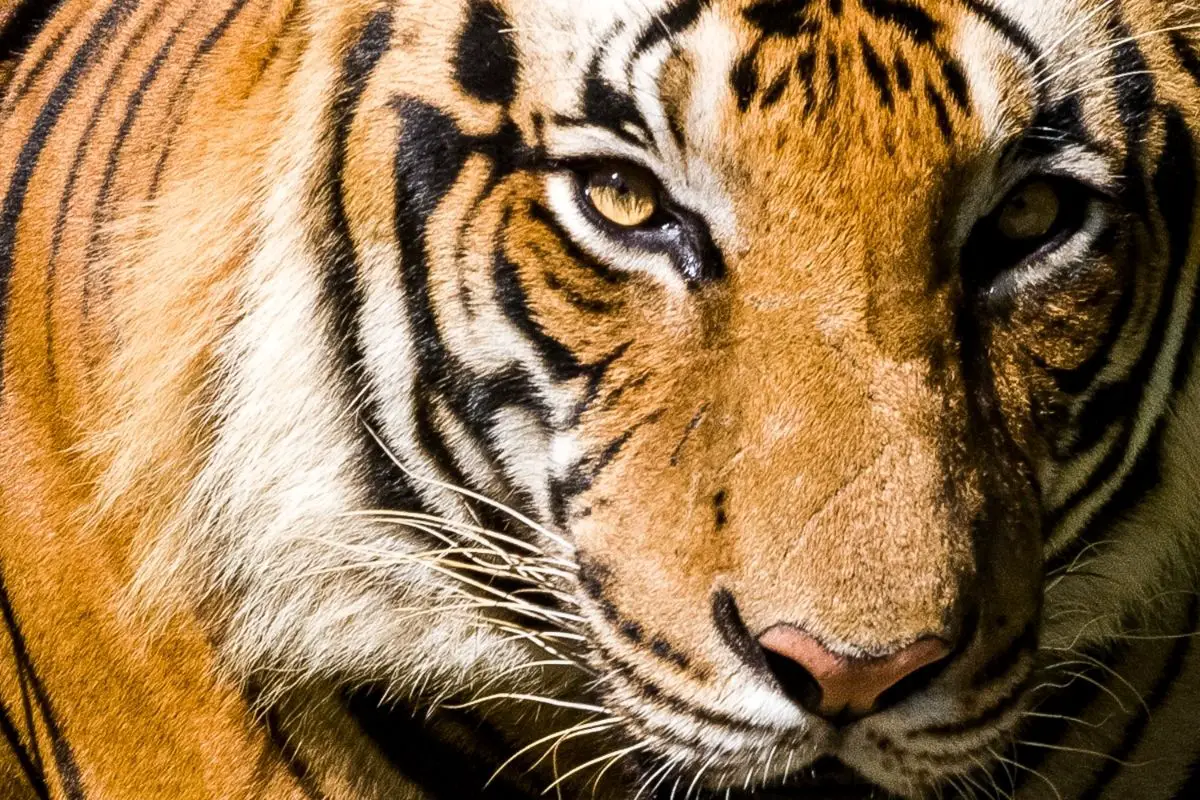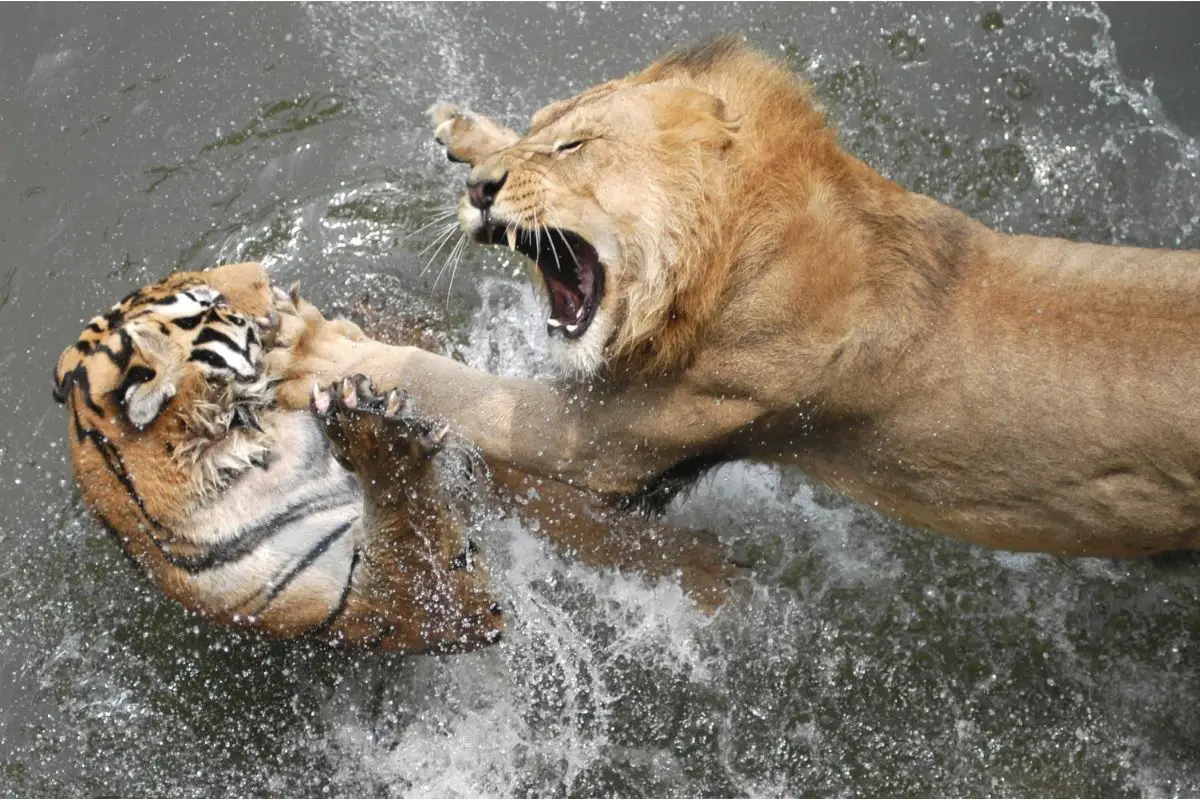Lions are widely regarded as the kings of the jungle, from featuring prominently in many different forms of media, to being the highlight of every safari, they are at the top of their food chain, and that’s for a good reason.
There’s also so much variation and different types of subgroups of the lion kingdom.
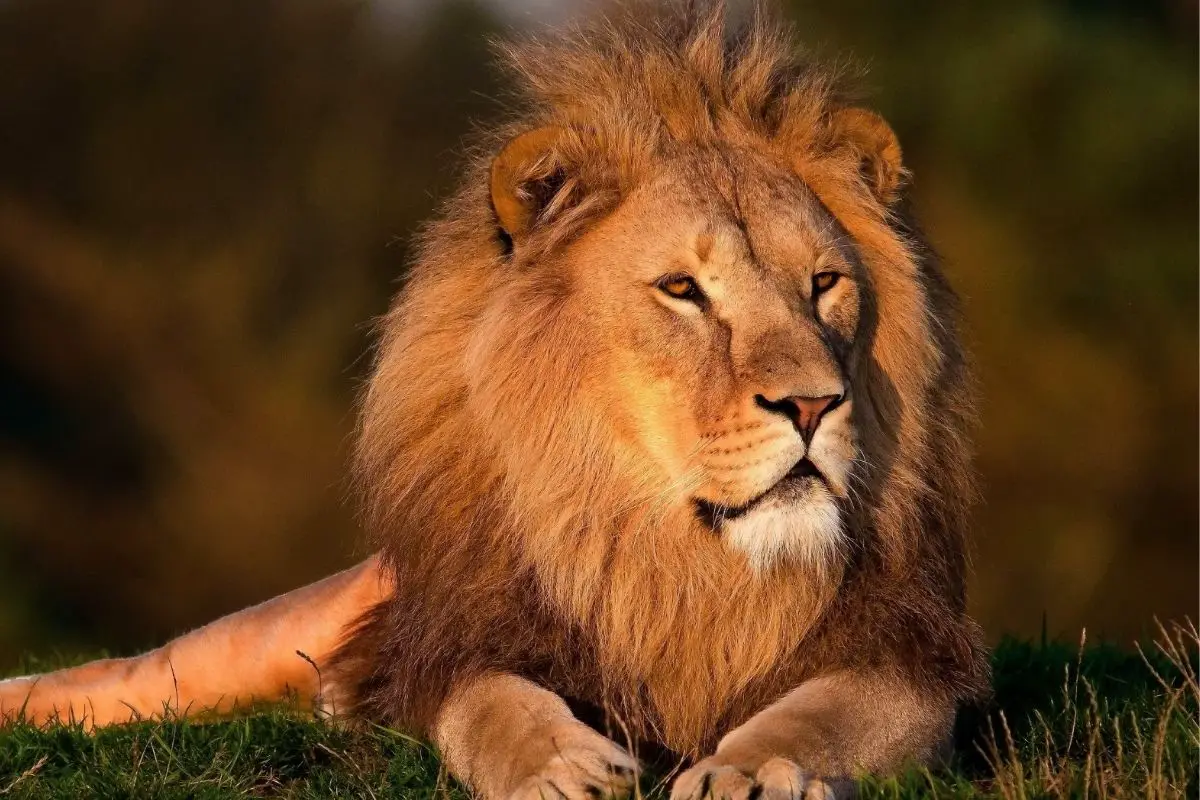
From the extremely rare white lion color mutation, to the extremely popular south African lions seen in the lion king!
But in this article we’ll be talking about a different subspecies of lion that you may not have heard of before, called Cape lions, and how we can use their less fortunate story in history as a way of reflecting and learning from our past mistakes.
There’s an eerily similar story going on here. Read on to find out more.
Where Do Cape Lions Come From?
Lions originally are thought to be split into two distinct evolutionary groupings from up to 200,000 years ago, this is generally thought to be because of the emergence of the great escarpment and tropical rainforest.
The two groups separated into the north and north eastern parts of Africa, and the southern parts of the continent too.
Cape lions belonged to the latter group, but are often confused with different Lions due to their distinctive look.
These enormous cats originated from South Africa’s Natal and Cape provinces, they were called Cape lions due to them eventually living all along the cape of southern Africa.
The divide from the great escarpment came under scrutiny in the late 21st century as it was discovered that genetic exchanges had been made between lion populations from the Cape, Kalahari and Transvaal regions.
Which suggests that these lions were not as separated from the rest of the northern lion population as previously thought.
How Big Are Cape Lions?
Cape lions were absolute beasts. They were the second largest and heaviest of all of the lion subspecies.
With males measuring between 2.4 to 2.85 meters and weighing up to 225kg, and females measuring between 1.8 to 2.1 meters and weighing around 165kg.
Although they had all this muscle and mass though, they slept for 20 hours a day, to preserve their energy for when they hunted.
They had distinct manes that were so dark they could essentially be considered black, their ears and the ends of their tales were black too.
The mane came all the way down from their necks and spread to under their body.
This lion looked majestic, and so many hunters at the time considered them fantastic trophy animals.
Scientists nowadays believe that a lion’s mane will change based on various intrinsic factors, such as the habitat that the animal lives in, and the heat.
Therefore people are led to believe that their distinctive manes are the colors that they are only because they were from the southernmost tip of the continent, and not because of their specific breed.
Zoologist Edmund Heller said that the Cape lion’s skull was longer and comparatively more narrow than the lions closer to the equator in the center of the continent.
Needless to say there was a large degree of difference between these lions at the tip of Africa, to ones further north.
Behavior And Diet
Cape lions were known to hunt large ungulates which included buffaloes, zebras, antelopes and giraffes, there’s even reports of Cape lions attacking and killing elephants!
When settlers arrived in South Africa they sometimes hunted their cattle and donkeys too, Cape lions were the apex predators of their region and so they’d hunt anything that threatened them, which included men.
Although they would rather steer clear as this would usually be a fight that the lion would lose.
It was this knocking from the pedestal as it were that eventually led to their downfall.
Unlike other lions, Cape’s were more regularly seen alone, either being cast out from groups or just because they simply preferred to be alone.
Are Cape Lions Extinct?
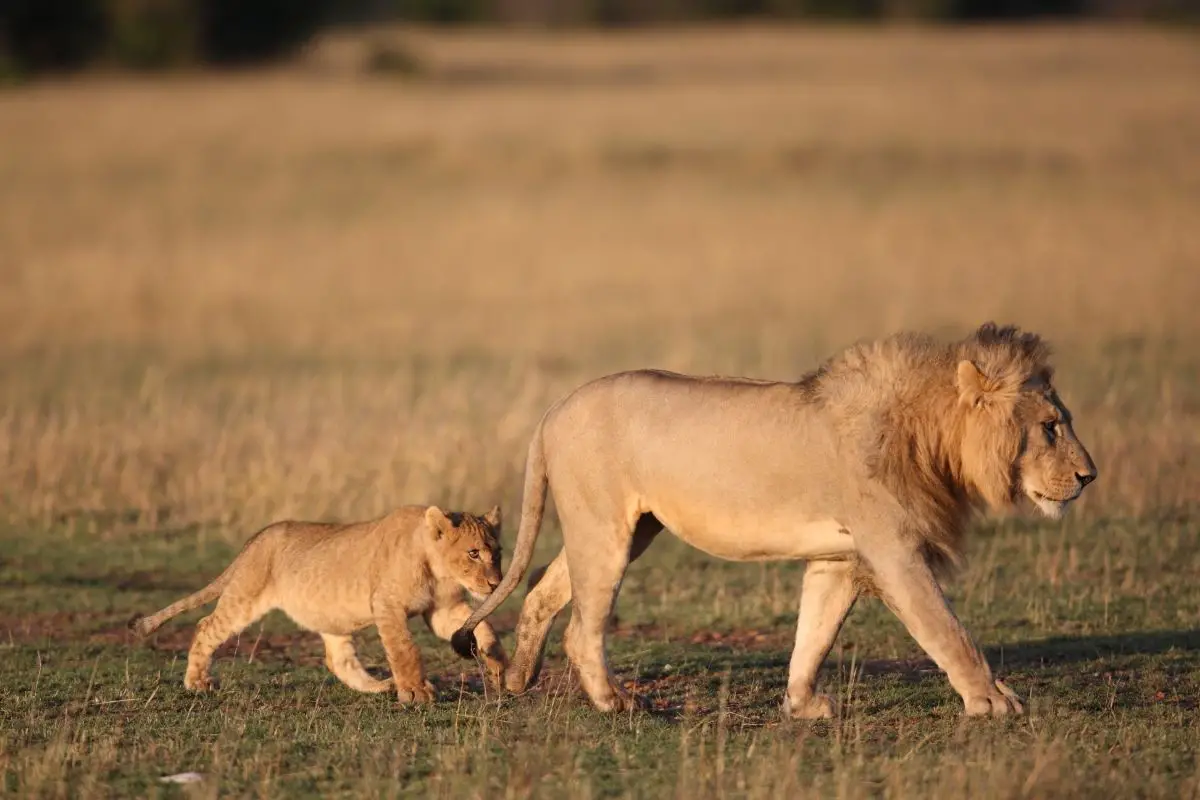
Unfortunately Cape lions were driven to extinction in the wild in 1858, although there were a few species scattered throughout the wild when this date was declared, a few decades after this lion was shot a researcher captured a juvenile, but it didn’t survive long enough for any credible help to be made.
Because it was so long ago, concrete evidence about specifics can be really hard to come across, and there’s plenty of speculation that surrounds the Cape Lion.
But researchers can be sure of a few reasons as to why the Cape lions went extinct. Let’s take a look into how this happened.
Why Did Cape Lions Go Extinct?
It’s widely regarded that Cape lions were driven to extinction because of colonization in South Africa.
When European settlers arrived, they hunted enormous amounts of antelope which completely disrupted the fragile food chain in the region, this has been seen time and time again with animals either in danger of extinction, or finally being eradicated.
On top of this disruption of the lion’s primary food source, big game hunters at the time thought that Cape lions were prized due to their size and ferocity, and so hunted them to take trophies of their bodies.
This combined with the gradual destruction of their food source led to a complete collapse of the species.
It’s widely regarded that Cape lions were the first animal of our recent history to be completely hunted to extinction.
The last known adult male Cape lion was shot in 1858, but there were rumors of there being tiny surviving populations after this date, unfortunately though, it was widely believed that the subspecies was completely extinct by 1870.
The Return Of Cape Lions?
In the early 2000’s it was believed that some Cape lions may have been taken to Europe where they had been interbred with other species of lions to create hybrid species which resembled key features of the assumed long lost Cape lion.
There were specimens found in Novosibirsk Zoo, in Siberia which closely resembled the key black features of the Cape lion, with one specimen in particular that matched all descriptions, and had a wide face with sturdy legs.
After planning out how to get back, with aid from a zoo in Vienna, an adult male called Spence and a cub were taken back to a zoo in South Africa called Tygerberg zoo for more research, as there was plans to breed these lions and others that had distinct features of Cape lions in the hopes to bring the subspecies back but unfortunately this wasn’t to be.
Before any progress could be made Spence died and the zoo closed, with the animals expected to go to Drakenstein Lion Park.
Leaving whatever future there may have been for the Cape Lion to be left as a mystery for the future.
Museums
There are many specimens of Cape lion kept in Museums all over the world, here’s just a few of them:
- The Natural History Museum in London has a mounted Cape lion
- The Swedish National History Museum has a Cape lion skull
- The Transvaal Museum has a Cape lion skull
- The Paris Museum Of Natural History has a mounted Cape lion
Still Hope?
There may still be hope for the Cape lion after all though, because of the many lions that were captured and sent back to Europe after the settlers arrived in South Africa, it’s entirely possible that a Cape lion was sent back, and over time interbred with other lions in captivity.
It would be a stretch, but it’s possible that some remnants of the long lost Cape lion may still remain in whatever descendants of the lions that were taken back to Europe today.
Who knows, with the marvels of science, it’s not too late to completely lose hope that the Cape lion is gone.
Final Thoughts
From what we know the Cape lion was a large, proud creature that dominated the landscape that it called home, before it was driven to extinction.
Clearly this was due to our expansion into their habitat, and our own selfish pride of hunting these creatures.
The story of the Cape lion is an important one, as we can use it to remind ourselves of the damage that we humans can cause to the fragile ecosystems of our world, and the wildlife within them.
This way we immortalize the Cape lion, by knowing that we’ll never make the same mistakes that we made in the past.
But this may not be the end of the Cape lion as we know it, we’ll just have to wait and see.
- Sink Your Teeth Into This: Analyzing the Powerful Lion Bite Force - September 8, 2023
- Siberian Tigers: Everything You Need To Know - September 4, 2023
- Do Lions Eat Humans? Understanding Lion Aggression and Risks - September 4, 2023



